Tourniquets are devices that can restrict blood flow by compressing the blood vessels. This is crucial in extremity wounds that involve trauma, and can severely halt, or even fully stop a bleed. Your life could very well be saved by this small device. I strongly recommend learning how to properly use it, as not only could it be used on yourself, but on a loved one or wounded bystander.
In many TV shows, belts are used as tourniquets, as are clothing like sweatshirts and the like. These methods are ineffective and do not stem (effectively stop) the blood flow; at most these methods may slow a bleed.
Without a stiff and proper windlass (the name for to really crimp down on the limb, it will not work as well as a tourniquet. As well, belts can not tighten as much as a tourniquet from the get go.
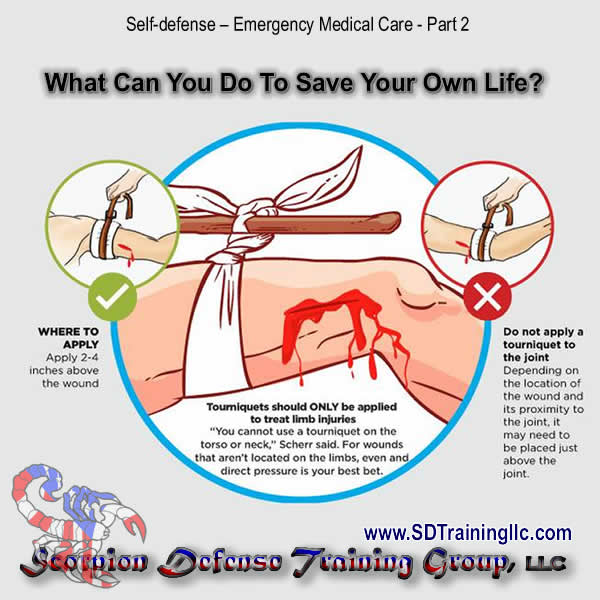
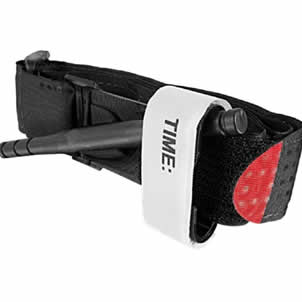
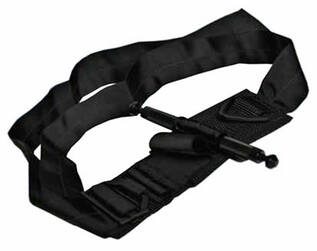
Now that we shared this knowledge on being aware of medical emergencies and how to care for yourself or others if the unfortunate
occurs, check back with us for our final advice on this article
Not on our list? CLICK now and join us for more self-defense and situational awareness information.
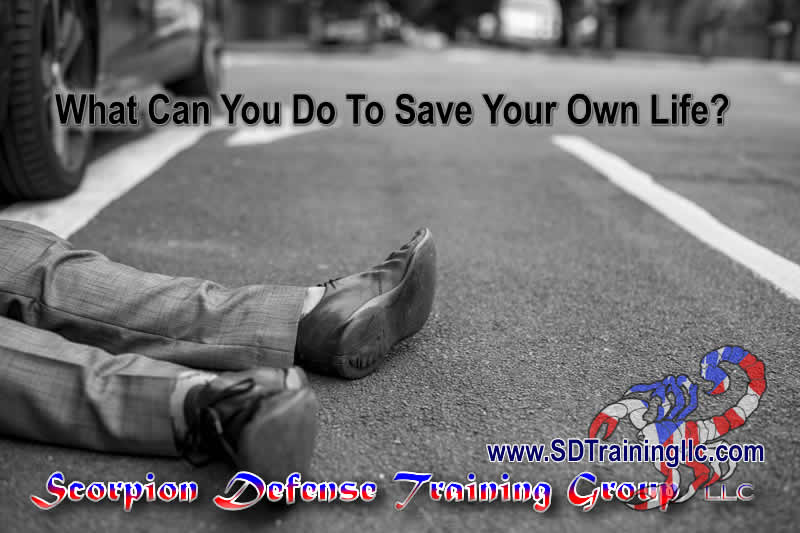
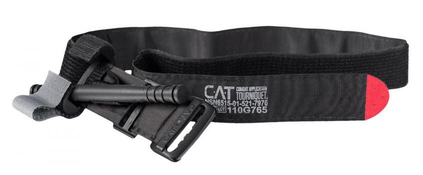
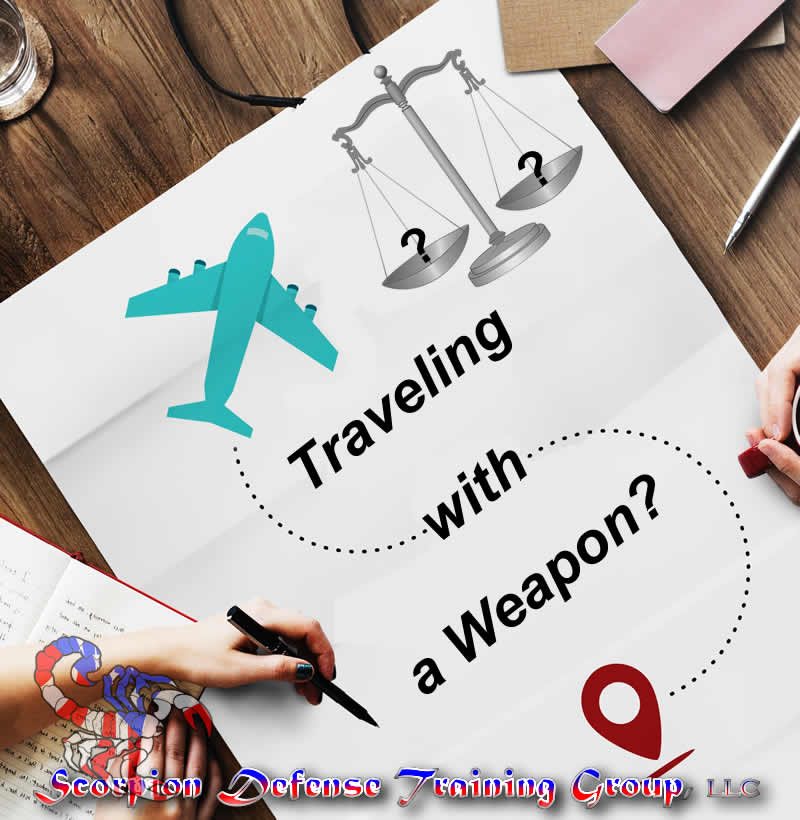
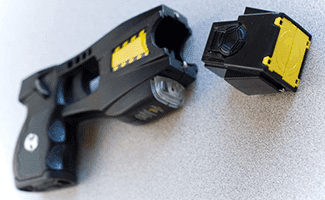

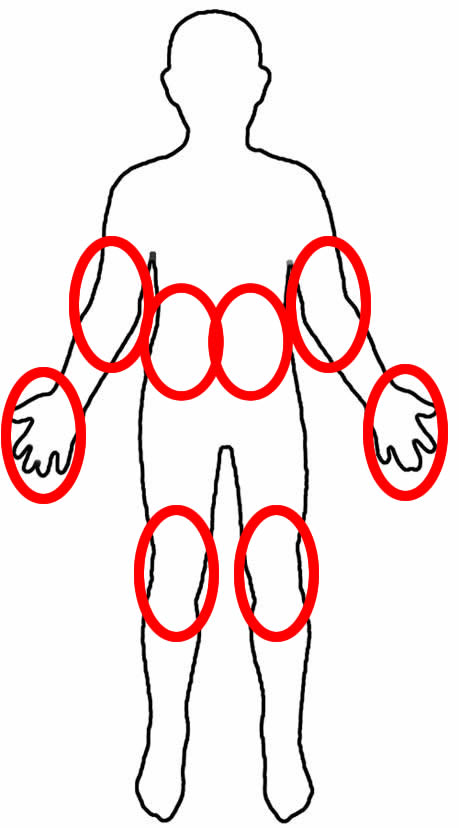
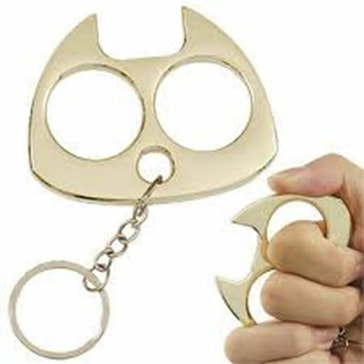
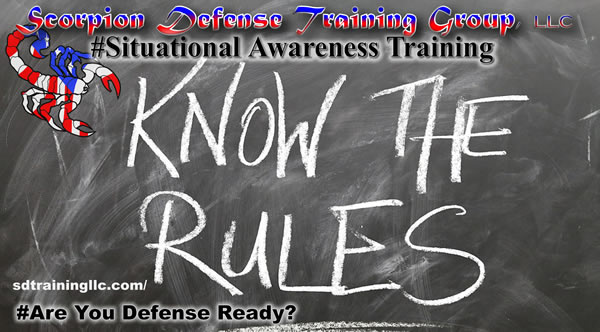
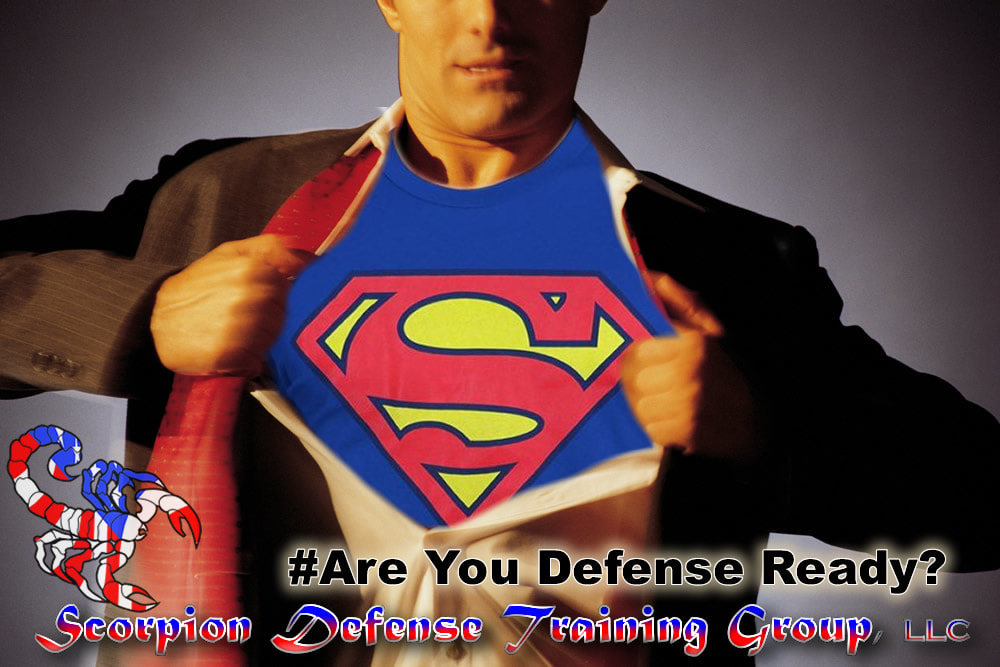
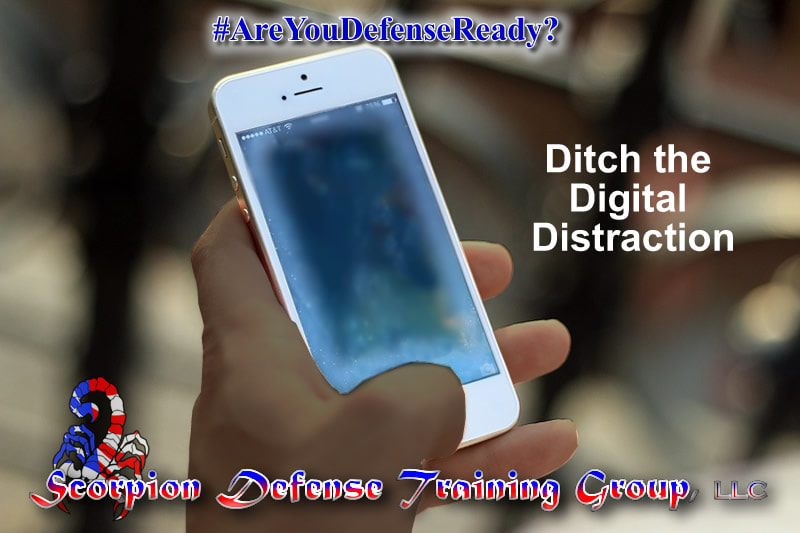
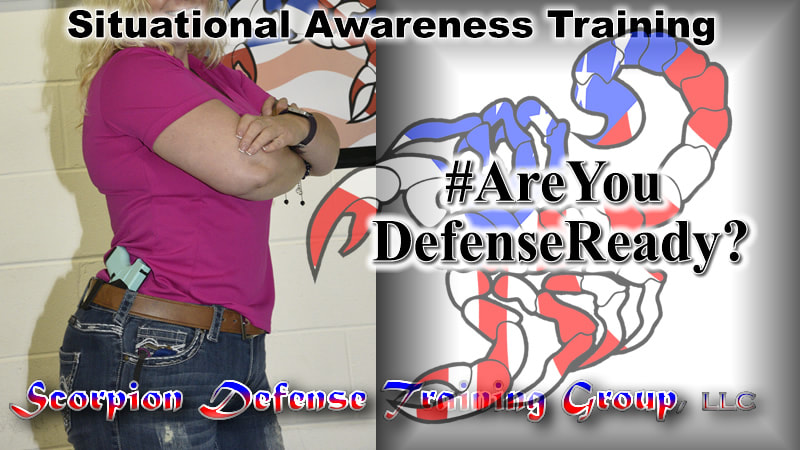
 RSS Feed
RSS Feed


